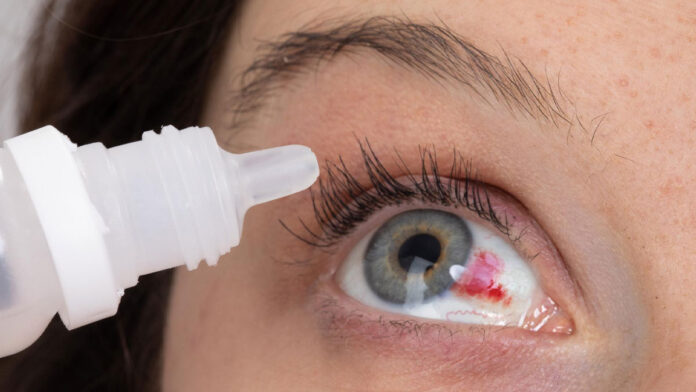The so-called “Bleeding Eye Virus,” identified as Marburg Virus Disease (MVD), has caused concern due to its highly virulent nature and its recent outbreak in Rwanda, where at least 15 deaths were reported. This virus is a hemorrhagic fever similar to Ebola and is caused by the Marburg virus, a member of the Filoviridae family.
Symptoms and Transmission
MVD symptoms include high fever, severe headache, extreme fatigue, nausea, vomiting, diarrhea, and abdominal pain, often followed by severe bleeding from multiple sites (e.g., eyes, gums) in severe cases. The disease has an incubation period of 2-21 days, and death typically occurs 8-9 days after symptoms start in severe cases due to blood loss and shock.
The virus is transmitted through direct contact with bodily fluids of infected individuals, contaminated surfaces, or infected fruit bats, which are natural reservoirs of the virus. Healthcare workers and those involved in funeral practices that involve body contact are particularly at risk
Treatment and Prevention
There is no approved treatment or vaccine for MVD. Current management focuses on supportive care, such as rehydration and addressing specific symptoms. Experimental therapies, including vaccines and monoclonal antibodies, are under investigation, particularly in outbreak settings
Preventive measures include avoiding contact with bats and primates, practicing good hygiene, using personal protective equipment (PPE) in healthcare settings, and avoiding funeral practices involving contact with the deceased
Public Health Measures
The outbreak has prompted robust public health responses, including surveillance, case management, and public education. International agencies like WHO and CDC are working with Rwandan authorities to contain the outbreak, strengthen healthcare systems, and support vaccine trials
The virus’s high fatality rate and potential for human-to-human transmission make it a significant public health threat, especially in areas with limited healthcare infrastructure. Efforts to improve early detection, treatment capabilities, and public awareness are crucial to preventing further spread.



